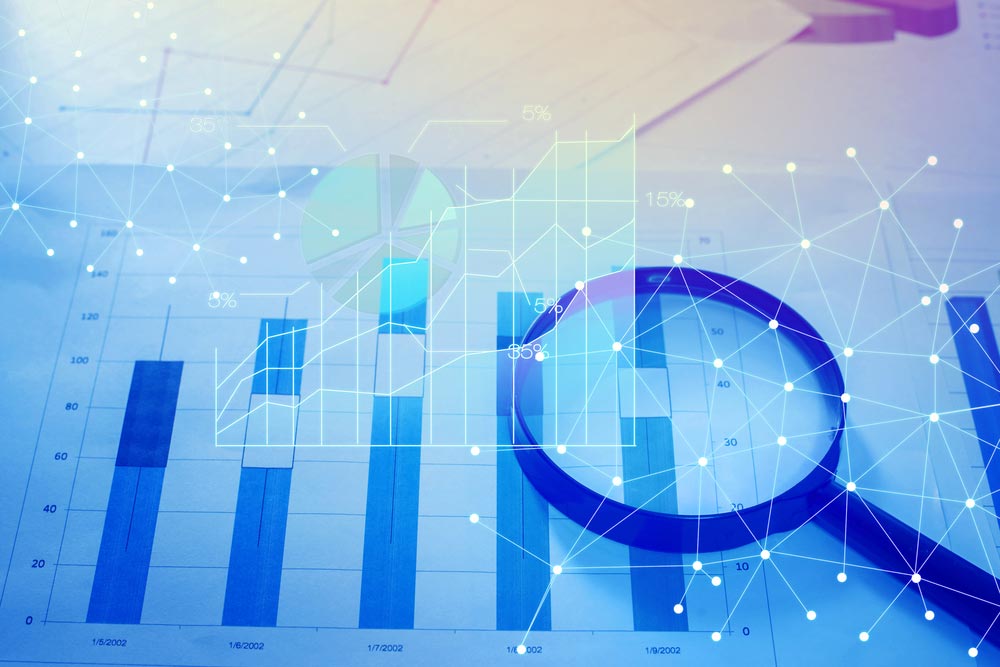“Predictive analytics” is a buzz term circling many industries at the moment. While a lot of companies are interested in employing this new trend for their business, there seems to be some confusion on what benefits predictive analytics can actually provide. If you’ve heard the term and wondered what all the fuss is about, you’re in the right place. In this post, we’ll dig in and really explore what we can do with predictive analytics, especially in relation to marketing efforts, and how employing statistical methods can result in large data science project ROI.
What Is Predictive Analytics?
Predictive analytics is using historical data records to make educated guesses about what people will do in the future. In relation to marketing, predictive analytics can be used to:
- Learn how different groups of customers have behaved in the past, and
- Understand how likely various groups of people are to purchase a company’s products or services in the future.
Predictive Analytics and Revenue Increases
Insights gleaned from predictive analytics can be used to tailor and improve creative strategies, copy, mailing list acquisitions, traditional and digital media buys and a host of other actionable choices – which should then produce more customers, leading to higher revenue.
One common misconception surrounding predictive analytics is that using a predictive model will result in a sizable lift in revenue. While large increases in revenue can happen from using a predictive model, the reality is that due to the margin of data error (even the best and most sanitized datasets have serious deficiencies), the actual lift in revenue is often more modest than companies expect.
Don’t let that discourage your interest, however. By doing some simple marketing math, we can quantify what even a small lift percentage looks like.
An Example: Textbook Sales
To get a better picture of how predictive analytics works – and what kind of lift we can reasonably expect from it – let’s check out an example. Say your company sells education textbooks, and you want to market your latest book to teachers and curriculum designers: “How to Survive the Zombie Apocalypse through Applied Philosophical Reasoning, Volume 2.” You know that for Volume 1:
- 3,287 teachers adopted the book.
- Each teacher that adopted it produced roughly 17 sales.
- Resulting in a total of 56,238 copies sold at $129.99 each.
- Thus, your company’s revenue was $7,310,378.
In order to encourage textbook adoption for your second volume, you want to mail free copies to educators. However, your marketing budget has decreased, and you can only mail about half as many free copies as you did with the previous volume. To which educators should you provide the free copy? Predictive analytics can help you find the solution!
The first stage of the predictive analytics process is to pore through the sales dataset of teachers who did and did not adopt the first volume of the book. This is important – you must be able to compare the adopters to the non-adopters.
Through the employment of some statistical procedures, you discover that male college educators between the ages of 25 and 40 who teach science and technology studies courses are the most likely individuals to adopt your textbook. Using this information, you buy a mailing list of educators who meet the “adopter” profile, and mail everyone on it a copy of the book.
Since you can only provide half as many free copies of the book as the previous version, your list will be half the size. However, by being highly targeted with your marketing, your adoption rate increases 5% from the first volume to the second volume. This time around:
- 3,451 teachers adopted the book – a difference of 164 teachers from the first volume.
- Each teacher that adopts the book produces roughly 17 sales again – resulting in 2,804 more sales than the previous volume.
- Your company’s total textbook revenue is $7,674,870 – $364,492 more than the first volume of the book.
To recap, you:
- Spent half as much money on providing free copies of the textbook to teachers
- Increased revenue by 5% over the first volume
- Made your boss happy, because you did more with less
Get Started Today
While it might seem like a subtle effect, even small lifts in revenue can represent significant increases in ROI. If you’re interested in employing predictive analytics to increase the effectiveness of your marketing, The frank Agency data science team can help you out. Contact us today, and we’ll come up with a great cost-effective plan to meet your marketing goals.

